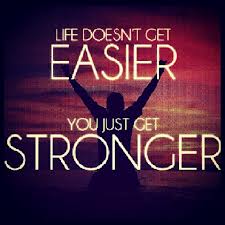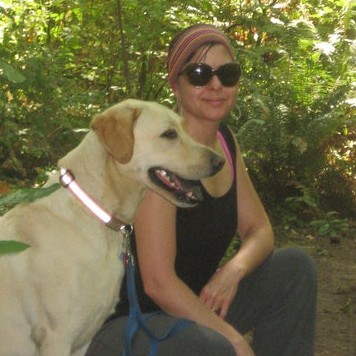Asteya: The Third Yama
This week I am discussing asteya, non-stealing (a= not steya=stealing), the third yama. Yamas are attitudes and restraints we hold to live a deeper, more rewarding and encompassing life. The first yama is ahimsa, non-violence, and the second is satya, truth. Each yama builds upon each other creating a foundation to live with compassion and contentment.
In my research to see what is already out in the world on asteya, I came across a blog describing each yama. For asteya it basically said “self-explanatory.” I think asteya goes a little deeper than “don’t take shit that doesn’t belong to you.” Asteya to me includes not only the physical removing of items that are not yours but also is taking anything physical, emotional, and energetic that is not yours. I think of how we take people’s time by being late, being unprepared, or texting and checking email when we are with them. We take from the earth by not recognizing every choice we make from long showers to plastic wrapped food affects the sustainability of this planet and all its inhabitants. We take people’s happiness and good fortune by being jealous, competitive, controlling, or manipulative. We take people’s energy by thinking of our own stuff while someone else talks or saying we will do something and then backing out. We all do this in various ways and these are all forms of stealing.
For a couple of years, I felt lost and unsure of myself. During this time I copied what others were doing. I did this because they seemed successful or happy or sure of themselves. Instead of tapping into my own progress I would compare myself to other people and feel hostile or resentment towards them. When I found my path, all the jealousy and resentment I was holding toward others dissipated. I became happy with what I was doing and could honestly be happy for others. We all must live in balance. When we live in balance, we live with contentment. As many of us know, balance is hard and we are constantly shifting. This constant movement is why we need to stay aware and mindful to what we are doing and how we are doing. Life is in constant motion, we are in always moving. But in the center of the is where our true knowledge and sense of fulfillment rests.
Stealing occurs when we feel a lack for something. We steal from the earth, people, and ourselves when we focus on the external environment to satisfy our desires: we think we need bigger cars, bigger houses, more clothes, more money, more friends, more time. When in fact each of us needs to go within and give to ourselves the gift of presence. This is where the first yama ahimsa, non-violence, says be kind to yourself and give yourself permission to explore, to fail, to wonder, to rest, and to relax. Give yourself permission to feel a sense of lack and then ask “what is it I am lacking?” from there tap in to satya, truth, and again ask “what am I lacking” – until you strip all the layers of illusion (jealousy, ego, competition, comparison, pain, joy, suffering, happiness) and find that you can only say to yourself “I live with abundance.”
Remind yourself when you think you need external validation to make you happier, prettier, thinner, stronger, funnier, more desirable that you live with abundance.
I live with abundance.
I live with abundance.
I live with abundance.









You must be logged in to post a comment.